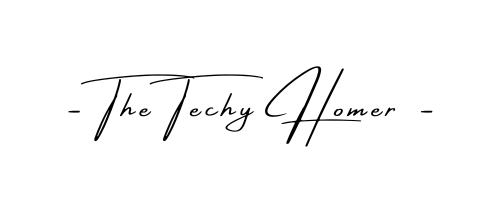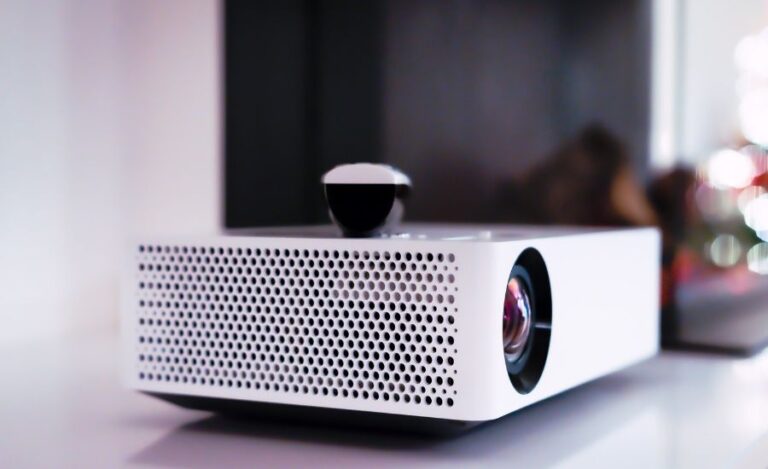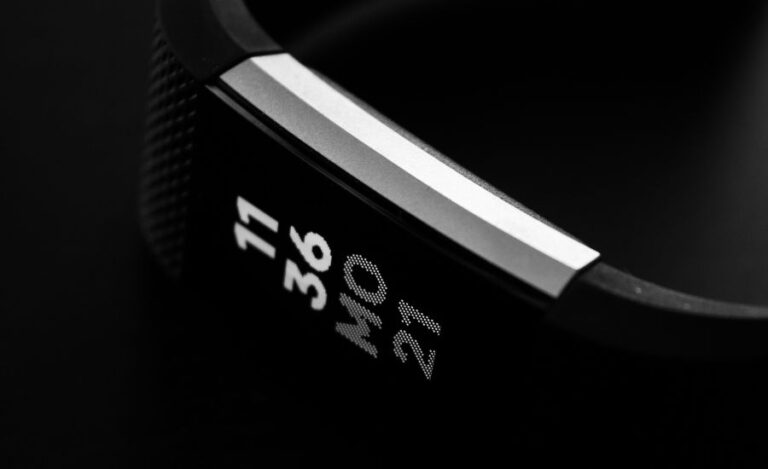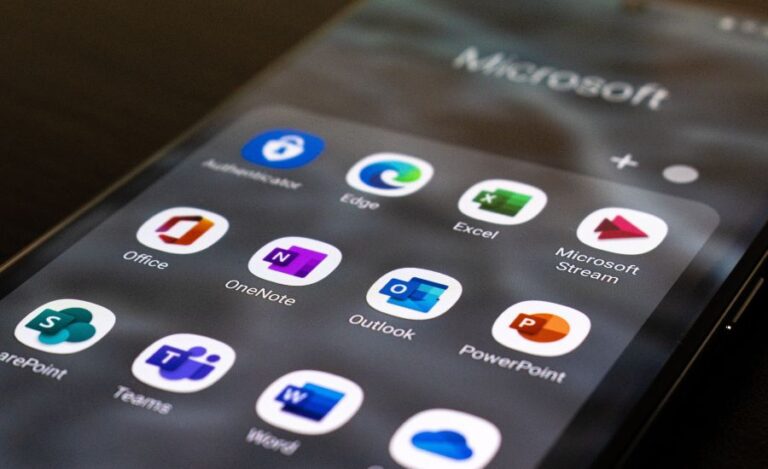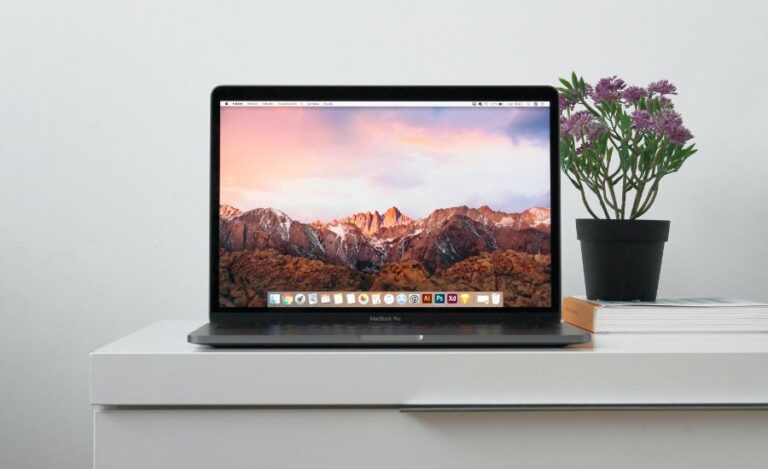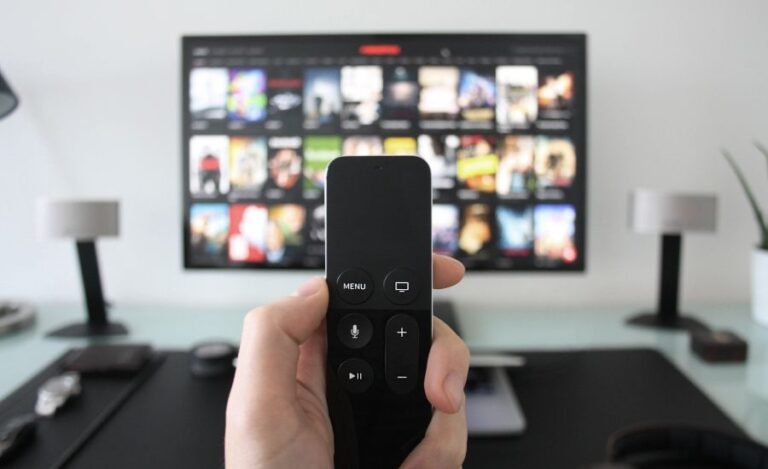How To Turn A Normal Speaker Into Bluetooth Speaker
Bluetooth speakers have become an essential part of our daily lives and for a good reason! It allows us to play music and other audio content wirelessly from our smartphones, tablets, and other devices.
However, if you have an old wired speaker, do not throw it away. You can turn it into a Bluetooth speaker. Yes, you heard that right! Wondering how? Let me tell you the process is surprisingly uncomplicated. All you need is a Bluetooth receiver and you’re good to go!
Today, I will share the steps you can follow to turn your normal speaker into a Bluetooth speaker. Just ensure that you’ve wired speakers with an audio input port (a 3.5mm auxiliary port or a stereo RCA input).
So, with any delay, let’s get to it……shall we?
Step no 1. Gather the Essentials
To turn your normal speaker into a Bluetooth speaker, you will need the following items:
A Bluetooth receiver
This small device plugs into your speaker and allows it to receive audio signals via Bluetooth. There are many different Bluetooth receivers available on the market. To make things easy for you, I recommend you get your hands on TaoTronics Bluetooth 5.0 Transmitter and Receiver. In case that’s out of stock, you can even go for the Esinkin Wireless Bluetooth Audio Adapter.
An audio cable
Needless to say, you will need an audio cable to connect the Bluetooth receiver to your speaker. The type of cable you need will depend on the input ports on your speaker. If your speaker has a 3.5mm auxiliary port, you will need a 3.5 mm-to-3.5 mm audio cable. On the other hand, if your speaker has stereo RCA inputs, you will need a 3.5mm-to-RCA audio cable.
A power source
Most Bluetooth receivers require a power source to operate via a USB cable or a wall adapter. Make sure you have the necessary power source available before proceeding.
Step no 2. Connect the Bluetooth receiver to your speaker
You may need to purchase a few cables to connect your speakers to the Bluetooth receiver. These cables come in dirt cheap, so you need not worry. However, you may need to improvise in some situations.
A Bluetooth receiver’s female stereo aux and RCA outputs are typically contained on the device. However, if you purchase a vehicle adaptor, it will have a male stereo aux output. For starters, the RCA outputs are typically used for home audio speakers. Whereas, the aux outputs are for your PC speakers. So, pick accordingly!
Also Read: How To Connect A Speaker To An Echo Dot?
Step no 3. Connect Bluetooth Receiver to Powered or Active Speakers
It’s a no-brainer that speakers that are powered have their external power source. This power supply boosts the line-level signal’s voltage and current for powered speakers. So, you can connect the Bluetooth receiver straight to your pair of powered speakers hassle-free.
Alternatively, you may connect your powered speakers to a preamp’s output channel. Then, connect your Bluetooth device to one of the preamp’s audio input channels. Lastly, use the other channels for your other audio sources.
Step no 4. Connect Bluetooth Receiver to Passive Speakers
With passive speakers, you must use an amplifier or A/V receiver to amplify the line-level signal. Then, using a power amplifier, you may connect the Bluetooth receiver straight to any available audio input channel.
Moving on, the Bluetooth receiver should preferably be connected to the HT Bypass or Direct in the channel of your A/V receiver. This is due to the Bluetooth device’s useful pre-amplifying effect.
When your Bluetooth device is at a typical volume, an empty channel will probably cause the audio to be quite low. To avoid interfering with other devices’ volume controls, use the Bluetooth device to adjust the volume.
Also Read: How To Connect Bluetooth Speaker To Projector?
Step no 5. RCA and Aux Connections
Get a cable with a female aux connector on one side if you use a vehicle audio Bluetooth receiver. Finding aux female to left and right male RCA cables is often relatively easy if your speakers have an RCA connector.
However, it can be more difficult if your speaker has banana plugs or clips.
Also Read: How To Connect An RCA Home Theatre Projector To A Phone?
Step no 6. Banana plugs and Speakers
A banana plug is the last speaker connector you can see. It features specified positive and negative plugs, just like speaker clips. However, unlike most connectors, banana plugs contain distinct positive and negative plugs. It merges the connections into a single plug.
So, there will be one RCA plug for every two banana plugs if you locate an RCA to banana plug connection.
Speaker clips are a different type of connection you can encounter. Speaker clips have spring-load terminals that accept bare wire instead of a standard connector. In addition, speaker clips contain different positive and negative terminals, just like banana plugs.
Also Read: How To Use HomePod Mini As A Bluetooth Speaker?
Step no 7. Prepare Cables for Speaker Wire
Although readily available online, RCA-to-speaker wire cables are relatively easy to make. However, you might need to convert between a stereo aux connection and speaker clips, which is a tad bit challenging during the whole process.
Left, right, and ground wires may be already present inside a normal RCA cable. These are mostly indicated, with red for the right, white for the left, and black for the ground.
Also Read: 8 Best Speakers Under $500
Step no 8 . Pair it
Lastly, the tad bit challenging part comes after you’ve successfully linked the Bluetooth receiver to your speakers. You must now link your device with the Bluetooth receiver as well.
For this, initially, activate your Bluetooth receiver. Then, after turning on your Bluetooth receiver, plug any powered speakers into an outlet.
Set your Bluetooth receiver to pair after that. The last step is to enable Bluetooth on your device, locate your Bluetooth receiver, and link. Finally, you should be able to play audio on your speakers now.
Also Read: What Is Wireless Speaker – The Definitive Beginner’s Guide
Final Verdict
As you can see, turning your normal speaker into a Bluetooth speaker is no rocket science. All you need to ensure is that your speaker is compatible with Bluetooth technology. Then, with the help of a few steps that I’ve discussed above, you can get it done in no time. Well, that’s all for the day. Hope you’ve found this information useful!
